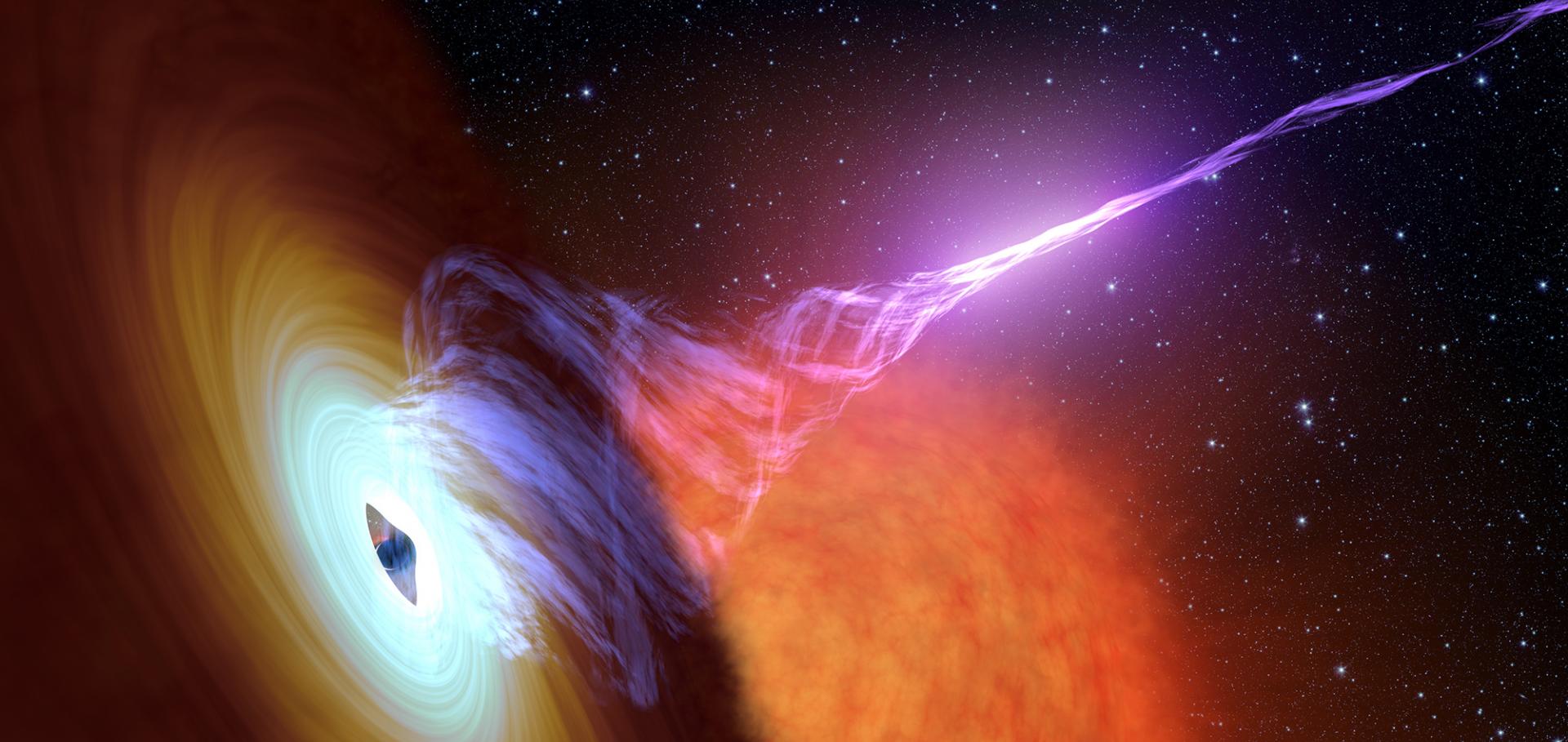High-resolution optical and infrared spectroscopic observations of Cir X-1
Monthly Notices of the Royal Astronomical Society Oxford University Press (OUP) 308:2 (1999) 415-423
Infrared spectroscopic variability of Cygnus X-3 in outburst and quiescence
Monthly Notices of the Royal Astronomical Society Oxford University Press (OUP) 308:2 (1999) 473-484
Low-Luminosity States of the Black Hole Candidate GX 339–4. I. ASCA and Simultaneous Radio/RXTE Observations
The Astrophysical Journal American Astronomical Society 522:1 (1999) 460-475
Multiple ejections during the 1975 outburst of A0620-00
Monthly Notices of the Royal Astronomical Society Oxford University Press (OUP) 306:4 (1999) 919-925


